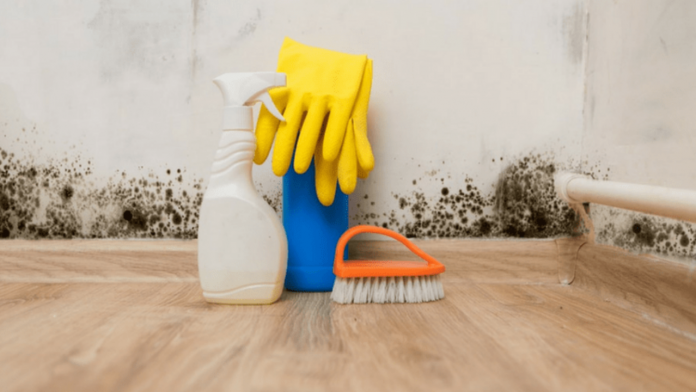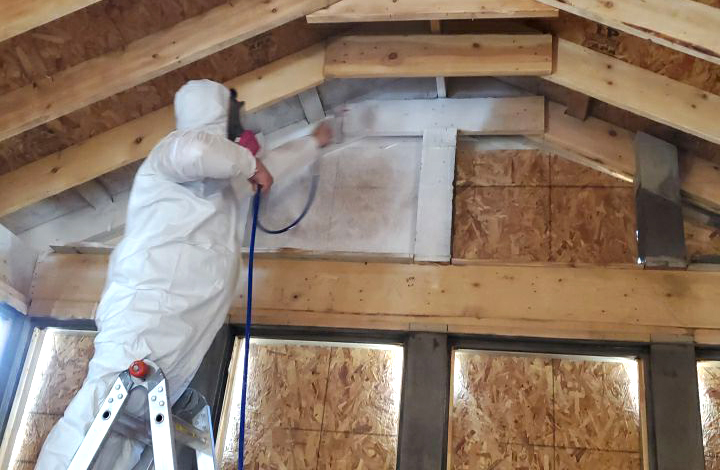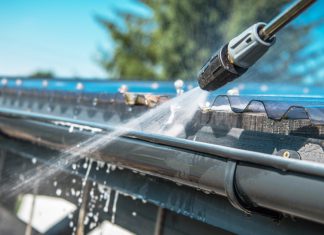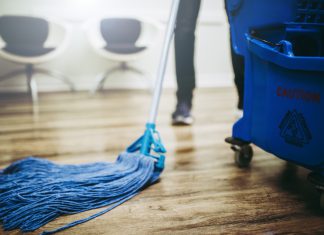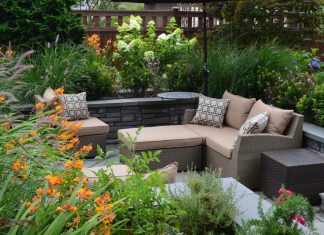Just a couple of centuries ago, mold in the room was perceived as a warning that it was time to burn down your home. It is good that in our time we do not have to resort to such drastic measures. And although the appearance of such a fungus in the house is very unpleasant, it is quite possible to remove it. In this article, you will learn how to get rid of black mold: we go into the details of some of the most effective ways to fight mildew.
Mold: what is it and why is dangerous
This is the name of aspergillus fungi-microorganisms that cause aspergillosis (infections of living things).
At first glance, it is not always possible to assess the full extent of the danger of mold black to humans. However, even with a short contact, it causes significant harm to our health, and with a longer exposure, the negative effect increases rapidly.
Especially, people with weak immune systems, pregnant women, children, and the elderly should be wary of black mold poisoning. Even wearing a mask, you cannot protect yourself from harmful fungi: spores “hover” in the air, get through the skin, settle on food.
The black mold symptoms may seem similar to those of an upper respiratory tract infection, such as the flu or the common cold. People with other medical conditions or a weakened immune system may experience more severe symptoms.
Symptoms of mold exposure may include:
- cough
- wheezing
- stuffy nose.
- runny nose
- red eyes
- itchy skin or eyes
- sore or itchy throat.
- nosebleeds
Where does it appear?
Aspergillus is a fairly unpretentious resident, which makes it almost ubiquitous. However, there are some surfaces on which the appearance and active reproduction of the black mold are most likely. There are several of them.
- Plastic. PVC windows hold heat, have a high degree of sound insulation and at the same time are great for the life of the black mold.
- Drywall. The material is convenient and popular in construction, but it absorbs moisture, which does not evaporate.
- Concrete. More often it is overlapping (floors, walls). If the designers or builders make mistakes, the joints between the walls, especially the corners, are exposed to precipitation and cold.
- Home appliances. These are appliances that come in contact with moisture: refrigerator, washing machine, air conditioner, air humidifiers. If these devices are used incorrectly, there is a possibility that black mold will settle there. The equipment is dry, often wipe the wet parts.
Taking Safety Precautions
- Identify black mold. Black mold often grows in damp areas, places that are often wet, or places where there has been a leak or water damage. Common places to find black mold include basements, crawl spaces, bathrooms, and laundry rooms.
- Seal the area. To prevent mold spores from becoming airborne and spreading, you can seal the room. Put up sheets of plastic to cover doors and vents that lead to other areas of the house.
- Open windows. The mold itself and the cleaning products you use to kill it can irritate eyes, skin, and lungs, so you must provide yourself with as much fresh air as possible.
- Wear personal protective equipment. To protect yourself while you’re cleaning, consider wearing protective gear, including
- Don’t mix cleaning solutions. You will have to choose a cleaning solution to kill the mold, and you must stick to that one cleaner. Mixing different cleaners can be very dangerous, and you can create unexpected chemical reactions.
- Consider replacing absorbent materials. Removing mold from absorbent materials can be extremely difficult. Instead, most professionals will recommend that you remove and replace such items since it probably won’t be possible to remove the mold without damaging the material or causing further problems.
Cleaning Affected Areas
- Scrub the affected area with soapy water. Fill a bucket with warm water, and add 2 tablespoons of liquid dish soap. Swish the soap around in the water to make suds. Dip a stiff-bristled brush into the soapy water and scrub the moldy surface with the brush. Re-dip the brush regularly and scrub until the area is saturated with suds. Rinse the area with water.
- Apply cleaner and let it soak. For liquid solutions, spray generous amounts of cleaner on the moldy surface that you pre-scrubbed. For pastes, apply the paste to the affected area with a knife, brush, or old toothbrush.
- Scrub porous materials. When the cleaner has had time to soak in, scrub the surface with a stiff-bristled brush. This will help dislodge the mold and work the cleaner in even farther
- Rinse and dry the area. To remove any leftover mold and cleaner, rinse the area with clean water. When the mold and cleaner are gone, wipe the area dry with a towel or a squeegee. This will remove excess moisture and prevent the mold from growing back
- Know when to call a professional. Mold can be notoriously difficult to clean, especially in hard-to-reach places and on certain materials, such as drywall and other porous materials.
There are times when it’s best to call a mold cleanup professional, including if
- infected more than 3 sq. m. area;
- the spread of mold occurs with great rapidity;
- the appearance of fungus is the result of a sewer breakout/flooding of the room;
- there is a possibility of spores entering the ventilation system.
Preventive measure
Agree, it is always easier and cheaper not to fix the problem, but to prevent it. Therefore, it is necessary to periodically prevent the appearance of black mold in the house. These measures include:
- regular airing;
- check the correct operation of the ventilation system;
- checking the room for fistulas, leaks, cracks, and their elimination;
- treatment of all available building materials with special antiseptic agents (before the repair);
- elimination of holes and cracks in the frames;
- ventilation of the bathroom.
Black mold is a dangerous enemy of man, carrying great harm to health. It is possible and necessary to deal with it, but it is best not to leave unattended the problem, and start solving it at the earliest stage.
